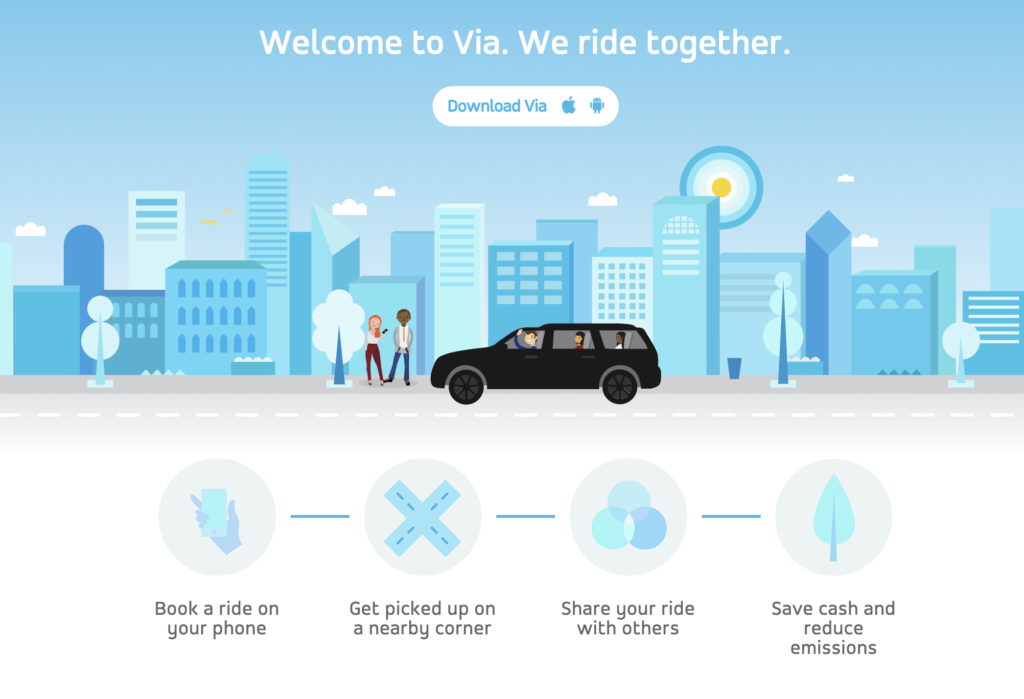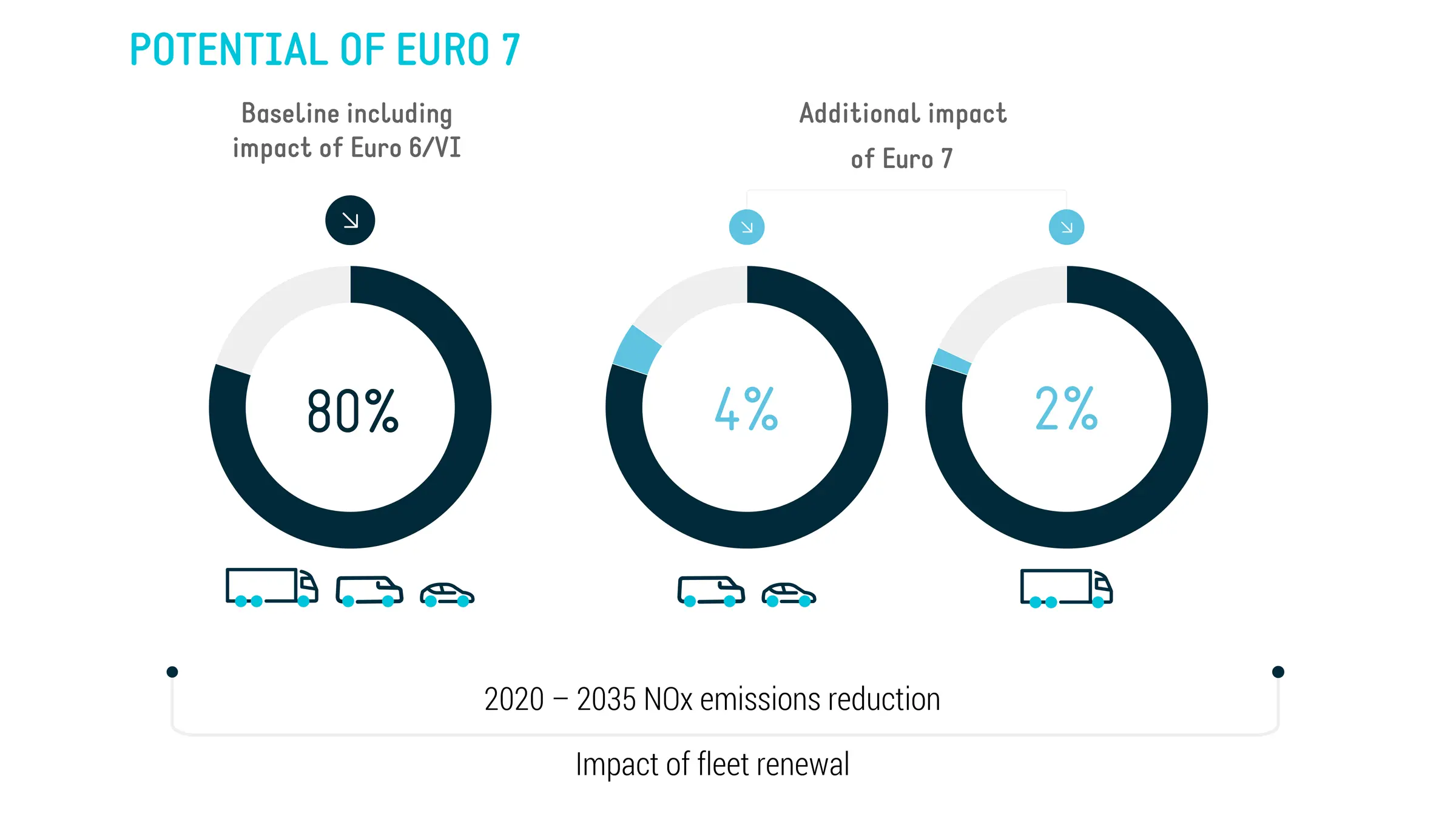Future of Ridesharing: What’s Next?
Mia Wilson

Photo: Future of Ridesharing: What’s Next?
Future of Ridesharing: What’s Next?
The landscape of urban transportation is evolving rapidly, and ridesharing has been at the forefront of this transformation. As we look toward the future, the question arises: What’s next for ridesharing? This article explores the anticipated advancements, challenges, and innovations that will shape the ridesharing industry in the coming years.
Introduction
Ridesharing has revolutionized the way people navigate cities, offering convenient and flexible transportation options. From the early days of Uber and Lyft to the current surge in autonomous vehicle trials, the industry continues to innovate. Understanding the future trajectory of ridesharing is essential for consumers, businesses, and policymakers alike.
The Evolution of Ridesharing
From Traditional Taxis to App-Based Services
Ridesharing began as a disruptive force against traditional taxi services. The introduction of smartphone apps allowed users to request rides with a few taps, track their drivers, and handle payments seamlessly. This shift not only improved convenience but also introduced dynamic pricing models that responded to real-time demand.
Integration of Technology
Advancements in technology have been pivotal in the growth of ridesharing. GPS tracking, data analytics, and mobile payments have enhanced user experience and operational efficiency. Moreover, the integration of machine learning algorithms has optimized route planning and reduced wait times.
Emerging Trends Shaping the Future
Autonomous Vehicles: The Next Frontier
One of the most significant developments on the horizon is the adoption of autonomous vehicles (AVs). Companies like Waymo, Tesla, and Uber are investing heavily in self-driving technology. AVs promise to reduce labor costs, increase safety by minimizing human error, and provide 24/7 service availability. However, regulatory hurdles and technological challenges remain before widespread implementation.
Electrification and Sustainability
As environmental concerns escalate, the shift towards electric vehicles (EVs) is gaining momentum in the ridesharing sector. Companies are committing to greener fleets to reduce carbon footprints and comply with emerging regulations. Electric ridesharing not only supports sustainability goals but also attracts eco-conscious consumers.
Mobility as a Service (MaaS)
The concept of Mobility as a Service (MaaS) envisions a seamless integration of various transportation modes into a single, user-centric platform. Ridesharing will play a crucial role in MaaS ecosystems, offering first-mile and last-mile connectivity. This integration enhances the overall efficiency of urban transportation networks and provides users with more comprehensive mobility options.
Personalized and On-Demand Services
Future ridesharing platforms will leverage big data and artificial intelligence to offer highly personalized services. From customized route preferences to tailored in-vehicle experiences, personalization will enhance customer satisfaction and loyalty. On-demand services, such as shared rides and subscription-based models, will cater to diverse user needs and preferences.
Challenges and Considerations
Regulatory and Legal Frameworks
As ridesharing continues to evolve, so too must the regulatory frameworks that govern it. Issues such as data privacy, safety standards, and labor laws require careful consideration. Policymakers need to balance innovation with protection to ensure that the benefits of ridesharing are maximized while mitigating potential risks.
Infrastructure and Urban Planning
The widespread adoption of AVs and EVs will necessitate significant changes in urban infrastructure. This includes the development of charging stations, smart roads, and dedicated lanes for autonomous vehicles. Urban planners must collaborate with ridesharing companies to design cities that accommodate these new technologies effectively.
Competition and Market Saturation
The ridesharing market is becoming increasingly competitive, with numerous players vying for market share. To stay ahead, companies must innovate continuously and differentiate their services. Market saturation could lead to consolidation, where larger companies acquire smaller startups to enhance their technological capabilities and expand their reach.
Public Perception and Trust
Building and maintaining public trust is crucial for the sustained success of ridesharing. Incidents involving safety, data breaches, or unethical practices can significantly impact user confidence. Transparent communication, stringent safety protocols, and ethical business practices are essential to foster trust and loyalty among consumers.
Innovations to Watch
Blockchain for Enhanced Security
Blockchain technology offers potential solutions for enhancing security and transparency in ridesharing. By providing a decentralized ledger, blockchain can ensure secure transactions, protect user data, and streamline operations. This technology could address concerns related to data privacy and fraud, making ridesharing platforms more reliable.
Smart Contracts and Payment Systems
The integration of smart contracts can automate and secure payment processes in ridesharing. These self-executing contracts can handle transactions based on predefined conditions, reducing the need for intermediaries and minimizing transaction costs. Enhanced payment systems will improve efficiency and user satisfaction.
Enhanced User Interfaces and Experiences
Future ridesharing platforms will focus on improving user interfaces and overall experiences. Augmented reality (AR) and virtual reality (VR) could offer immersive navigation and vehicle selection experiences. Additionally, voice-activated commands and AI-driven customer support will make interactions more intuitive and user-friendly.
Conclusion
The future of ridesharing is poised for remarkable advancements driven by technology, sustainability, and evolving consumer preferences. Autonomous vehicles, electrification, and the integration of Mobility as a Service will redefine urban transportation, offering more efficient, eco-friendly, and personalized solutions. However, the industry must navigate regulatory challenges, infrastructure demands, and fierce competition to realize its full potential. By embracing innovation and maintaining a customer-centric approach, ridesharing can continue to transform how we move within our cities, making transportation smarter, safer, and more accessible for all.
As we anticipate these changes, stakeholders must collaborate to address the associated challenges and harness the opportunities that lie ahead. The journey of ridesharing is far from over, and the next chapter promises to be as dynamic and impactful as its inception.
For You
View AllLearn the online car buying process and how to secure the best deals with ease. Get expert tips for a safe and smart purchase!
Mia Wilson
Unpack the meaning of education, its significance, and its role in transforming lives. Explore its essence today!
Mia Wilson
Understand Euro 6 emission standards and their impact on car manufacturing and air quality. Stay informed on environmental policy!
Mia Wilson
Find out the best websites for unbeatable budget travel deals. From flights to hotels, save big on your next trip!
Mia Wilson
Unlock effective strategies to meet your greenhouse gas reduction targets. Discover actionable tips and insights to make a real impact. Read now!
Mia Wilson
Uncover the dangers of prolonged inactivity on your health. Learn how to stay active and prevent health risks. Read more now!
Mia Wilson
Health










Education
View All
May 27, 2025
What Is Brown vs. Board of Education?
Explore the historic Brown vs. Board of Education case, its impact on civil rights, and its legacy. Learn why it matters today!

May 10, 2025
What Is Character Education?
Discover the importance of character education in schools and how it fosters ethical and emotional development. Learn more now!

April 25, 2025
Why Is Physical Education Important?
Learn why physical education is essential for health, academics, and personal growth. Get inspired to stay active!





